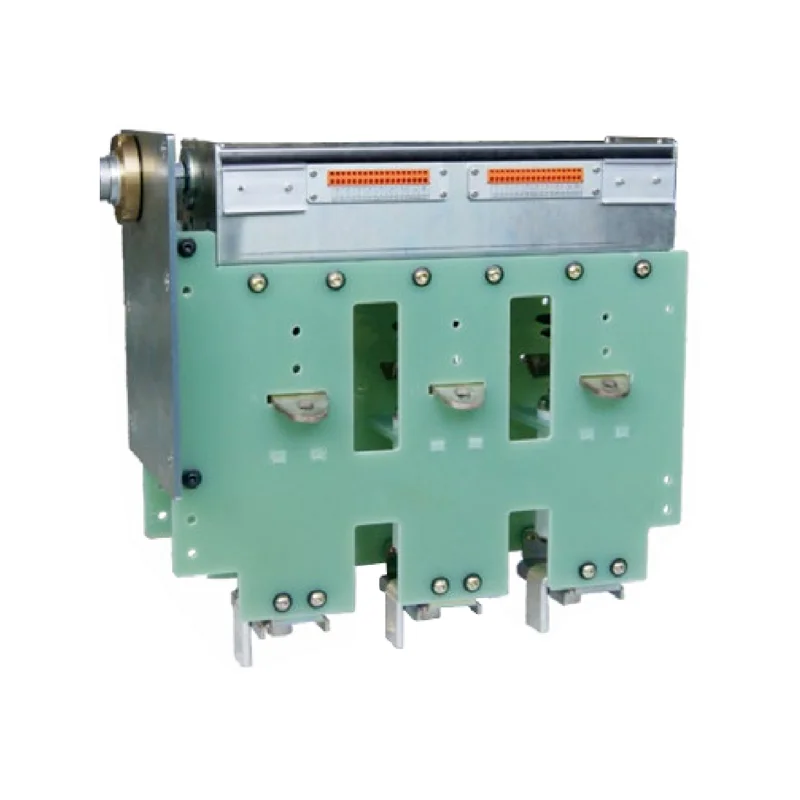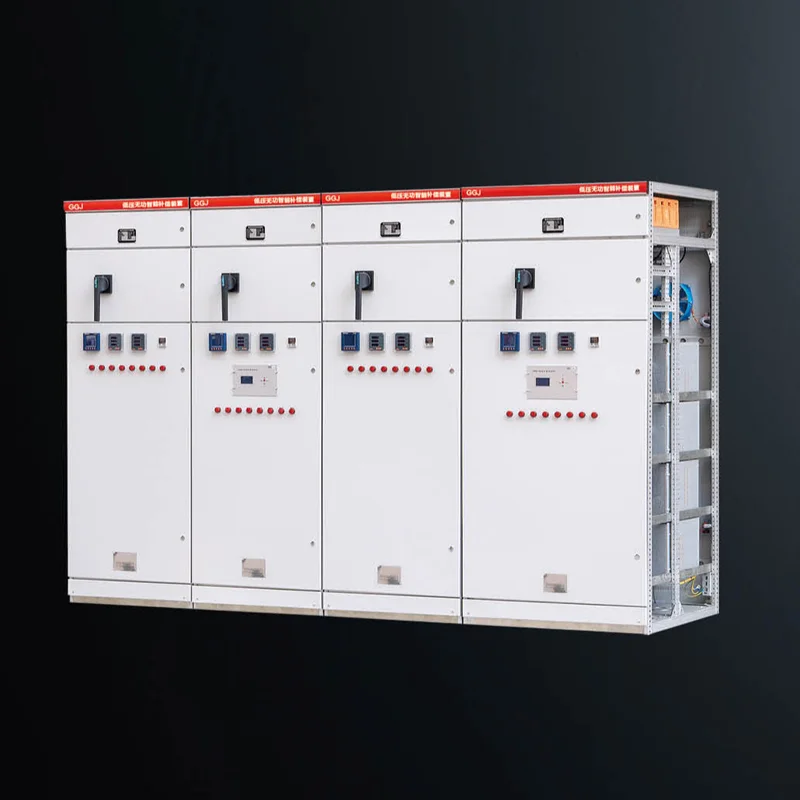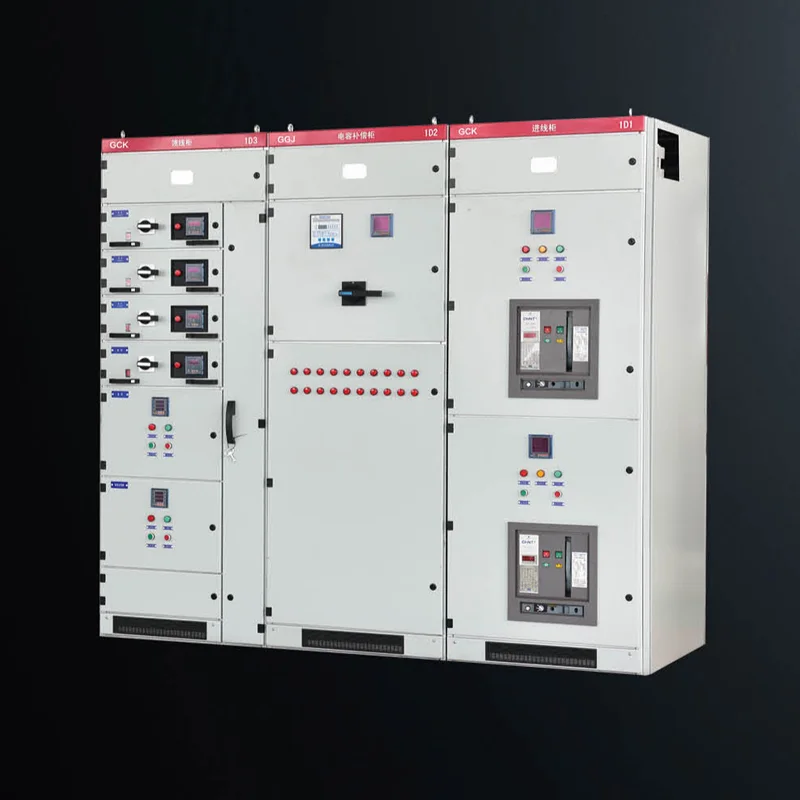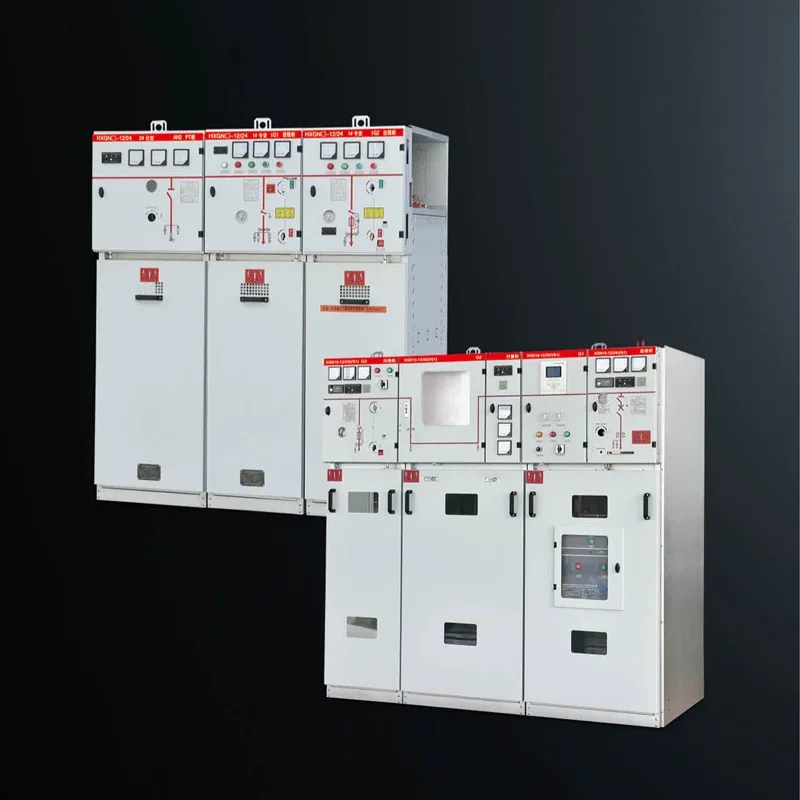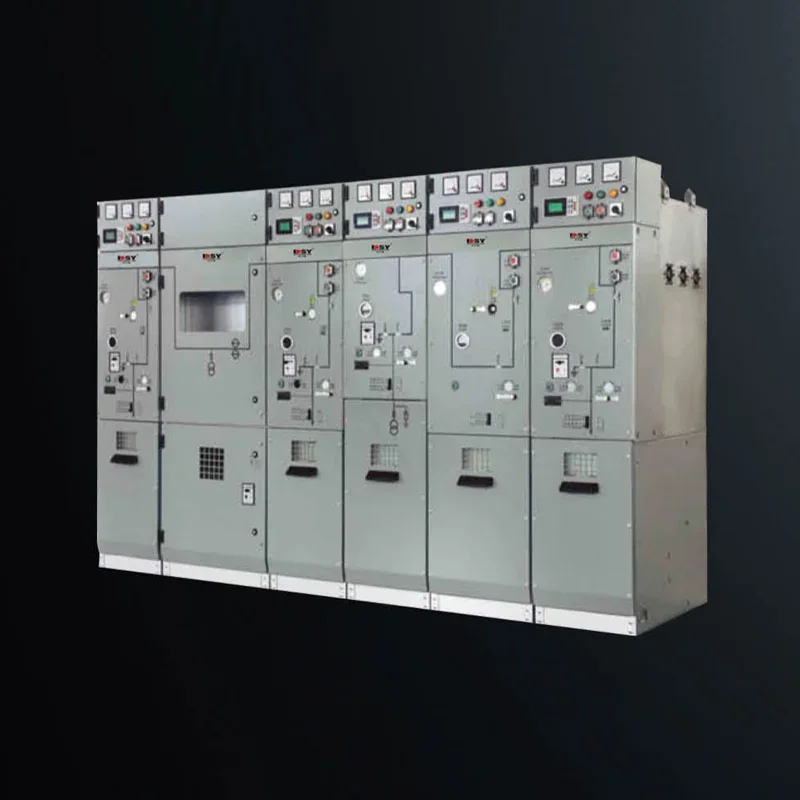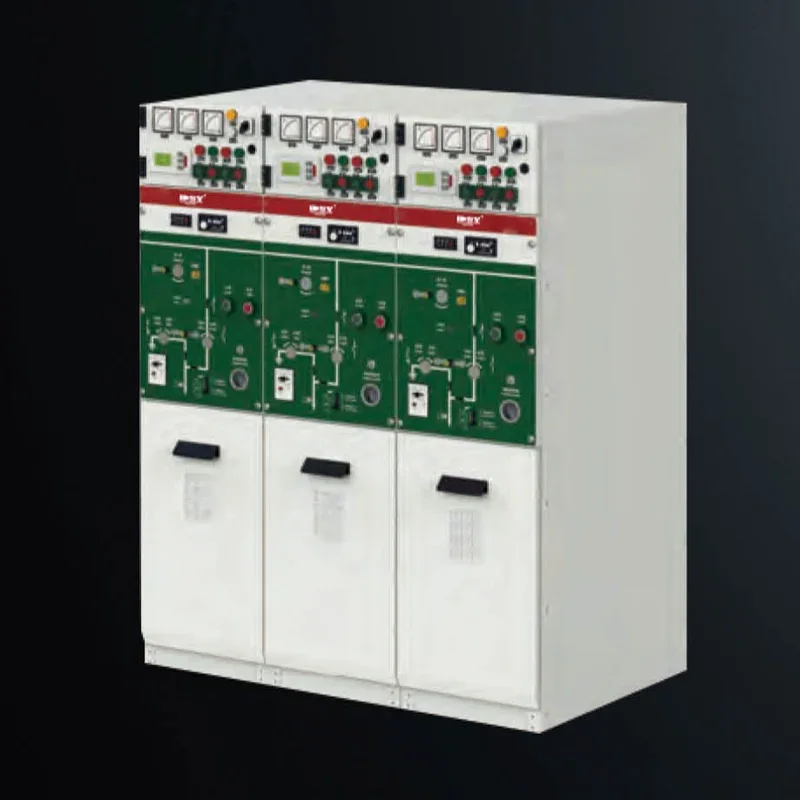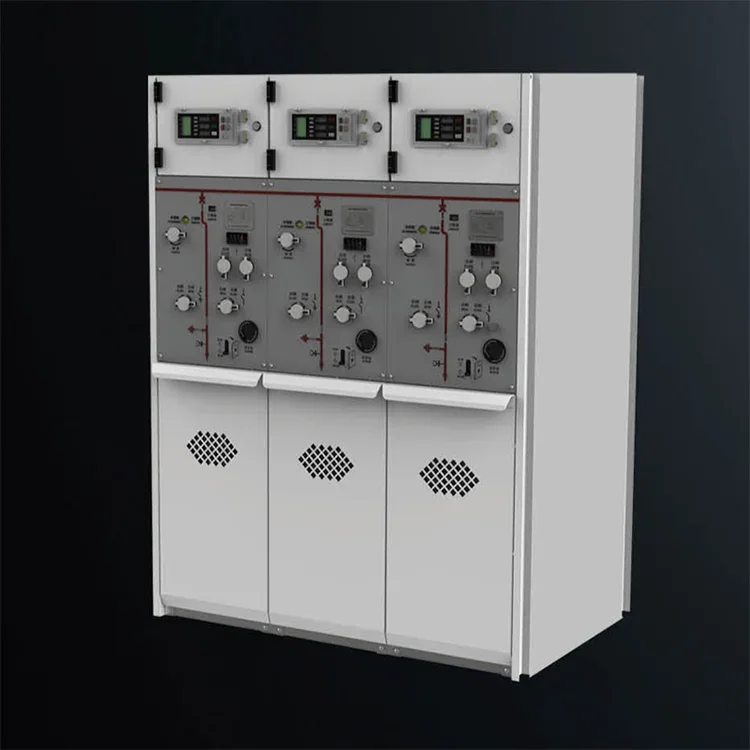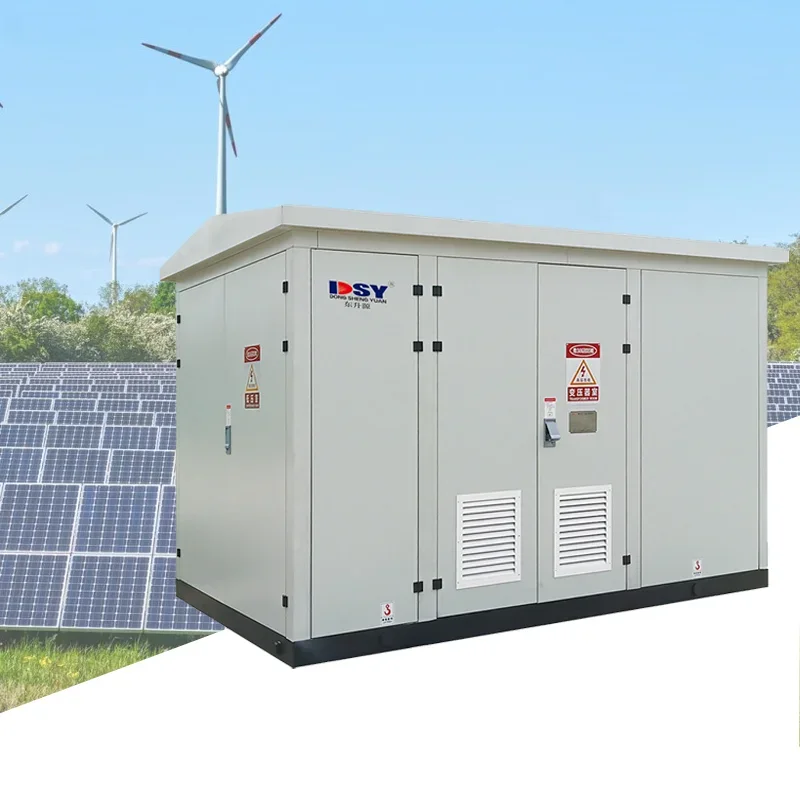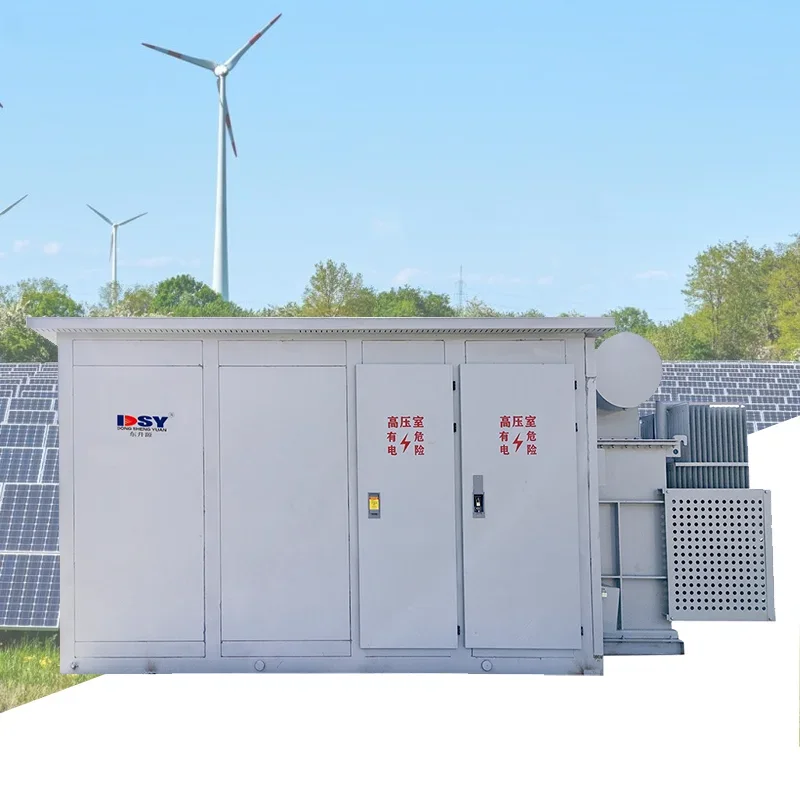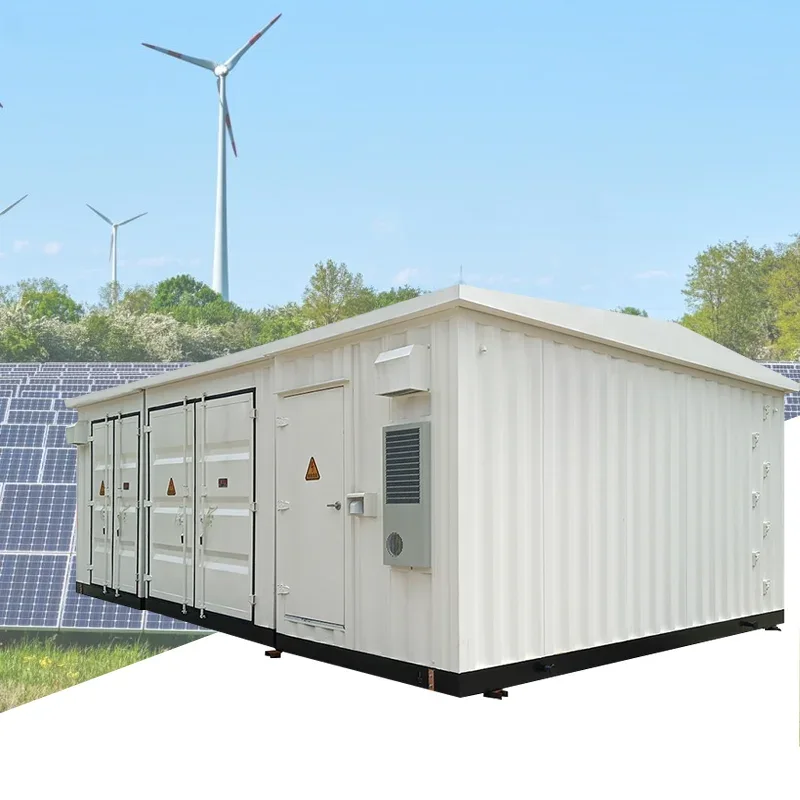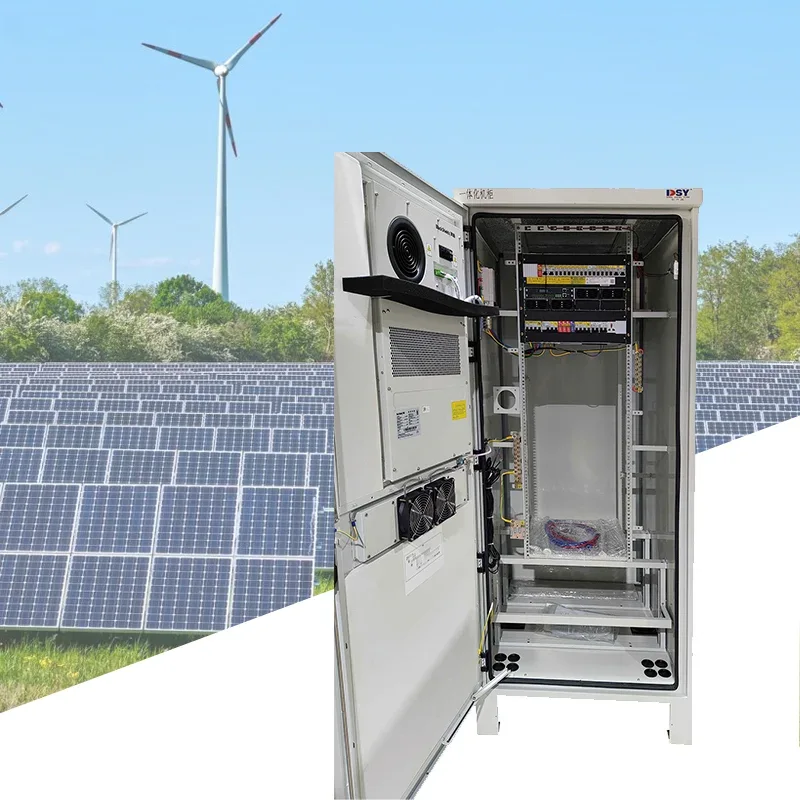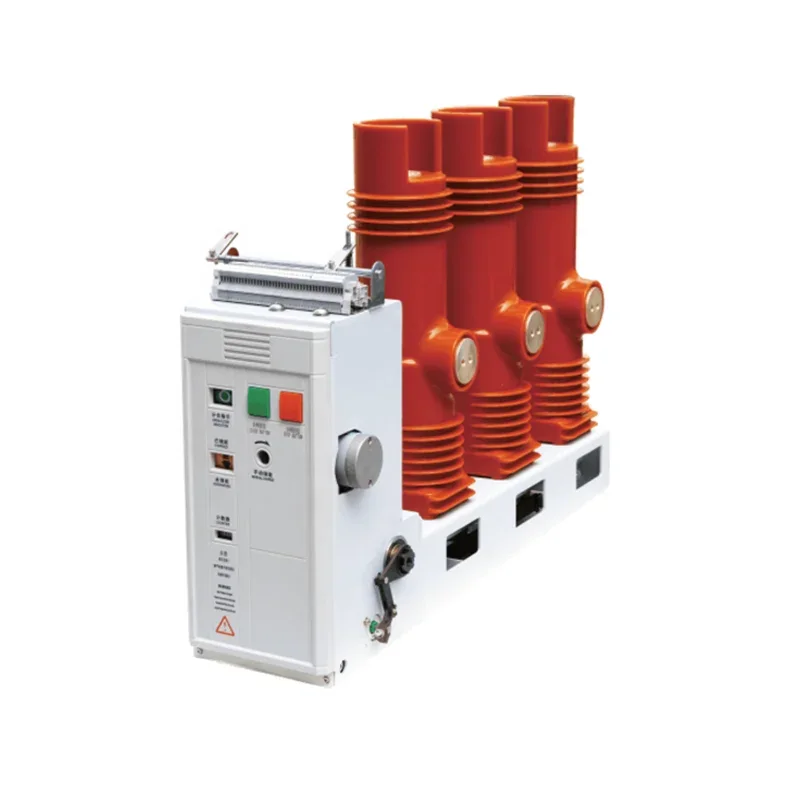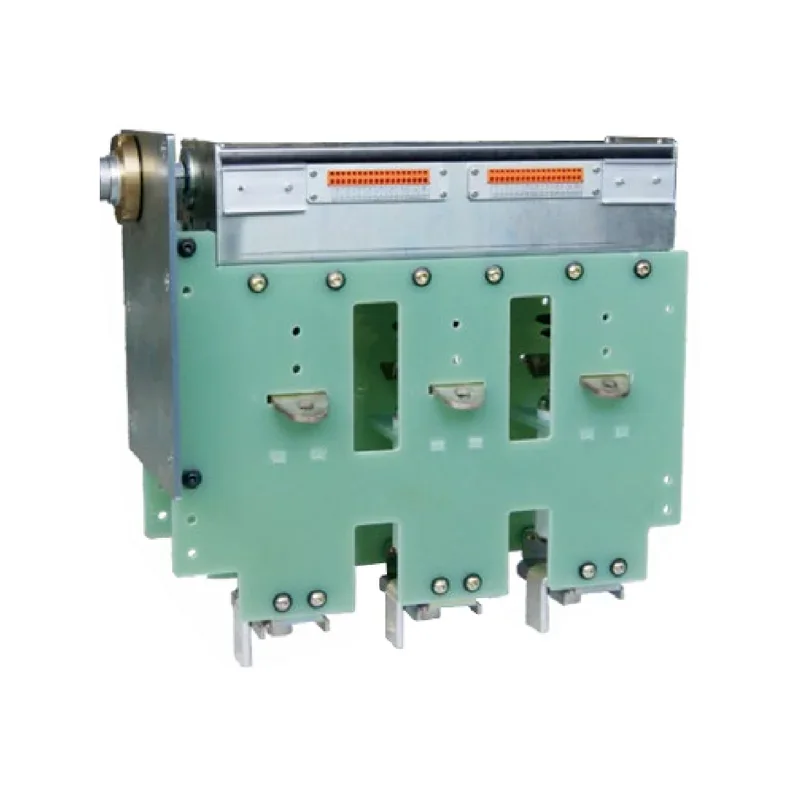Essential Insights into Distribution Equipment for Electrical Professionals
--- In the field of electrical engineering, distribution equipment plays a central role in ensuring that electricity is safely and efficiently distributed to various loads and devices. As professionals in the electrical and power distribution sector, it is crucial to understand the components and functions of distribution equipment, particularly in the context of distribution panels. Distribution
Jun 06,2025
In the field of electrical engineering, distribution equipment plays a central role in ensuring that electricity is safely and efficiently distributed to various loads and devices. As professionals in the electrical and power distribution sector, it is crucial to understand the components and functions of distribution equipment, particularly in the context of distribution panels.
Distribution equipment encompasses a variety of devices designed to manage and distribute electrical power from the source to the end-users. This includes transformers, switchgear, circuit breakers, fuses, and distribution boards. Each component serves a specific purpose and contributes to the overall performance and safety of the electrical system.
One of the primary functions of distribution equipment is to ensure that power is distributed evenly and safely. This is where distribution panels, often referred to as load centers or breaker panels, come into play. These panels house circuit breakers or fuses that protect electrical circuits from overloads and short circuits. Selecting the right distribution panel is crucial, as it must be appropriately rated for the load it will serve while complying with local electrical codes.
When choosing distribution equipment, professionals should consider several factors:
1. **Load Requirements**: Understanding the total electrical load that will be connected to the distribution panel is vital. This includes not just the total amperage but also the type of loads—resistive, inductive, or capacitive—as these can affect the performance of the equipment.
2. **Voltage Ratings**: Distribution equipment must be rated for the voltage levels of the electrical system it will support. Common ratings include 120/240V for residential applications and higher voltages for commercial or industrial use.
3. **Environmental Conditions**: The installation environment plays a critical role in selecting distribution equipment. Factors such as temperature, humidity, and the potential for exposure to dust or moisture can influence the choice of equipment. For instance, outdoor installations may require enclosures that are weatherproof and resistant to corrosion.
4. **Safety Standards**: Compliance with national and local safety standards is non-negotiable. Equipment must be certified by recognized organizations to ensure that it meets safety and operational requirements.
5. **Future Expansion**: Considering potential future expansion or increased load demand is essential. Selecting distribution equipment that allows for scalability can save time and resources in the long run.
In summary, understanding the nuances of distribution equipment is essential for electrical professionals working with power distribution and distribution panels. By focusing on load requirements, environmental conditions, safety standards, and future needs, professionals can make informed decisions that enhance the efficiency and safety of their electrical installations. Embracing these insights will not only elevate your expertise but also improve the reliability of the electrical systems you design and implement.
PREVIOUS:
Related News
The difference between circuit breakers and vacuum circuit breakers
Circuit breaker is an abbreviation for pole type circuit breaker. Circuit breakers are also vacuum circuit breakers
Voltage regulators are required for various places that require voltage control, such as controlling lighting

